10 Ways to Make Cow Herds More Profitable
Noble Research Institute livestock consultant Robert Wells offers best management practices that can help ranchers survive market- and weather-related disruptions and allow for more profit year-in and year-out.
The ranching business has always been subject to the variability and extremes of external factors, such as market volatility and weather extremes. Neither of these seem to be letting up any time soon.
So for ranchers to economically survive market downturns as well as capitalize on good times, it helps to get back to the basics, fine-tune their operations and plan for the long-term. An extremely viable strategy is to start working more with nature and less against it through implementation of regenerative ranching principles.
The following is a list of 10 management practices and concepts to consider that can help keep you from paying to be in the ranching business and losing money for the next few years. Remember, the difference between someone who is a hobbyist or professional is if they pay to do it or they are paid for what they do.
1. Don’t buy average or inferior bulls.
Spending as little as $750 to $1,000 more on the purchase price of a better bull with known genetics could net you an additional approximately $1,500 more per bull, annually. If breeding for a terminal market, this is accomplished by purchasing a bull that will excel in growth traits that allow the rancher to sell the maximum total pounds of weaned calves off the ranch while still having a moderately sized cow in the herd. If you are breeding for replacement females, then consider using genetics from a sire (live bull or artificial insemination) that will create a female that will fit the environment and management that you expect her to work in. Consider traits such as milking ability, mature weight, mature height, carcass and growth characteristics that are the optimal combination to be successful within the context of your operation.
Read More:

2. Join a cattle marketing alliance and consider where to market.
Using a marketing alliance can help increase the probability of receiving top or even premium pricing for your cattle, since you can leverage the strength of numbers an alliance can provide. Market your cattle in a venue that will maximize your return on the investment of raising and selling a quality calf. If you are the only producer at the sale on a given day who is offering cattle that have been preconditioned and vaccinated, do not expect to receive a premium price, because the order buyers will just blend your cattle into the load with other general cattle he bought on the same day. Alliances can help you coordinate the best times and locations to optimize your profits when you sell. They also can help you to determine desirable genetic traits to select for, especially with herd bulls.
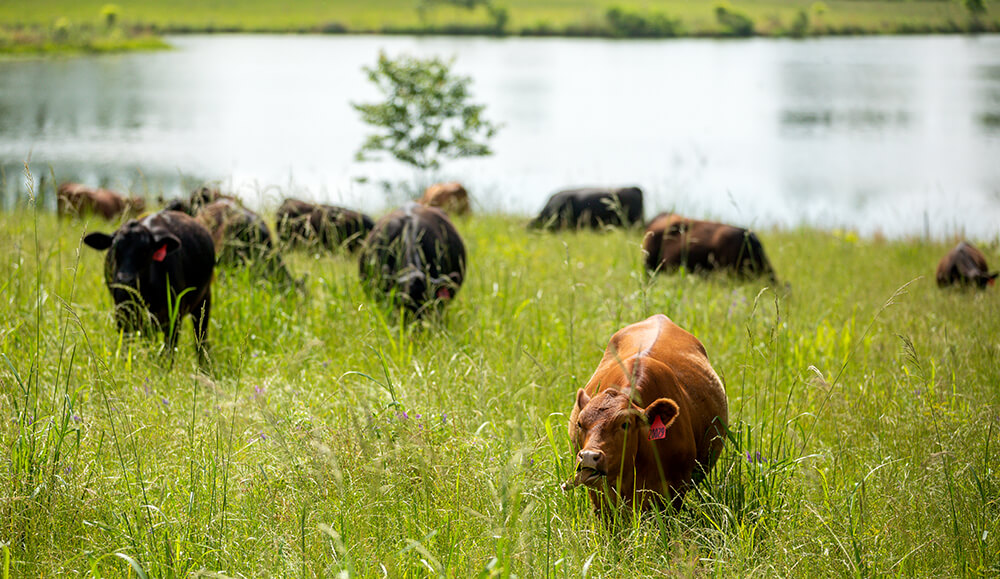
3. Keep cow size moderate.
Larger cows require more forage to sustain themselves on a daily basis. This can affect pasture stocking rates. A 1,400-pound cow is 200 pounds or 17% larger than a 1,200-pound cow, and she is going to be taking in 11% more forage. That’s why stocking rate must be considered if you change your average cow size from 1,200 to 1,400 pounds. If you cannot increase the forage production accordingly, you will have to decrease the stocking rate by 11% fewer cows to still have enough forage for the number of cows in the pasture. The heavier cow should wean a heavier calf, but this increase will not be enough to offset the reduced cow numbers nor the associated costs of the heavier cows. Moderation in size can help the bottom line. Know the average weight of your cows when they are in a body condition score of 5. Purchase replacements that will be moderate in frame and weight or buy bulls that will help to achieve more moderate frame scores in female offspring. The expected progeny difference (EPD) traits of mature size and weight are examples of selection tools that can help your decision-making.
4. Treat your cows as an employee.
Your cows should be expected to work daily for you. A successfully productive cow will efficiently deliver a calf to the weaning pen each year, with little cost and few problems along the way. In order to do this, you must select the right female, then develop her so she will be successful in the environment where you expect her to work.
Read More:
- ‘Employee’ analogy aids replacement heifer selection
- Take Care of Your Heifers and They Will Take Care of You
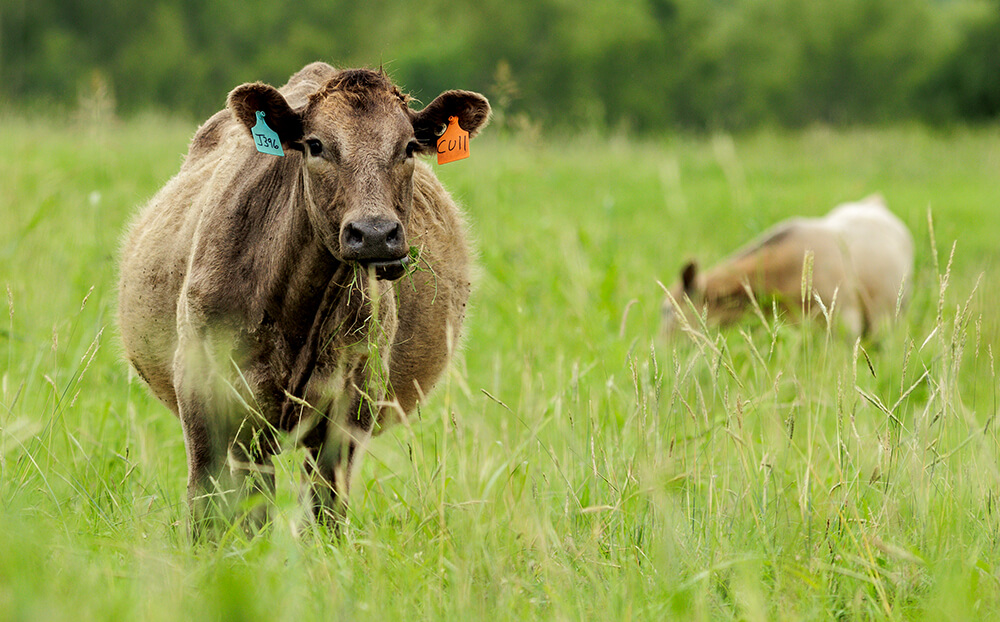
5. Cull cows.
When reducing herd numbers, first cull what I call the three O’s: old, open and ornery cows. Then, consider additional culls as the situation warrants. Older cows have a difficult time maintaining weight while usually weaning an even smaller calf. Carrying an open cow through the winter is analogous to hiring an employee, paying them monthly but then not expecting them to show up to work for the next year. Ornery cows damage equipment, injure people and reduce efficiency when they are difficult to work in the pen or if they take part of the herd to the trees when you come into the pasture.
Read More:
6. Develop a short and defined breeding season.
Increasing the number of earlier-calving cows within your defined calving season will increase the average weaning weight at marketing time. Consider this: if a calf is born 30 days earlier in the calving season and gains 2 pounds per day while on the cow, the calf will weigh 60 pounds more than its later peers at the same weaning date in the fall. That is roughly a 10% to 12% increase in weaning weight achieved simply by making sure more calves are born in the first third of the calving season. Also, make sure that timing of the breeding season is in synchronization with the best forage availability and quality on the ranch. Time the breeding season and subsequent calving season so that when cows are in peak lactation with their highest nutritional demand for the year (two to three months post calving), your pastures have the highest forage quality and quantity available.
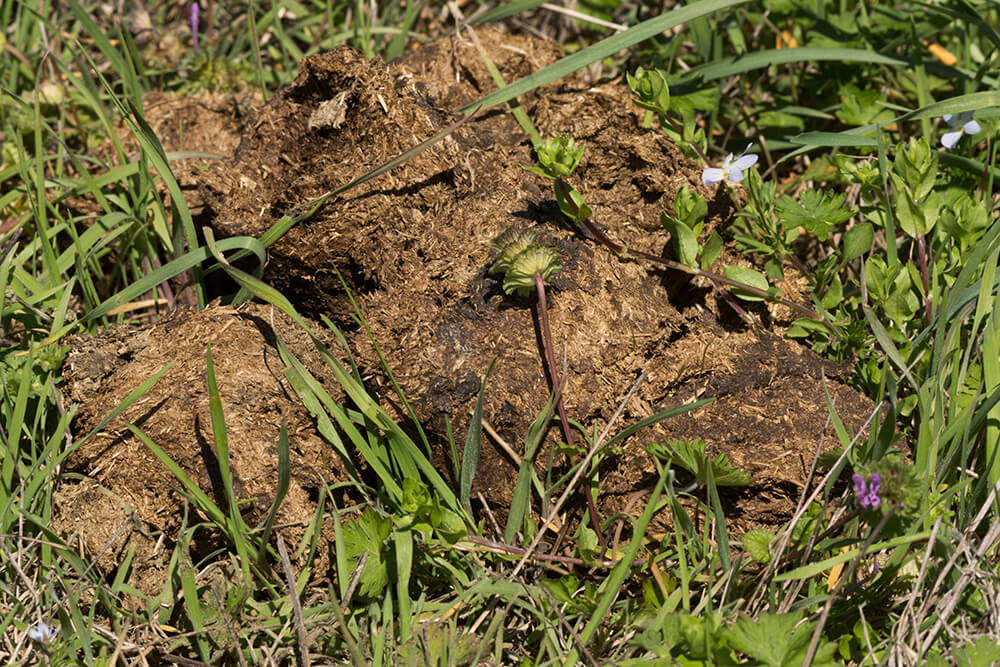
7. Control feed expenses.
As stated above in No. 6, it is best to schedule the calving season to match the average cow’s highest nutritional demand, about 2-3 months post calving, to availability of the best quality and quantity of pasture. For most ranches, this means calving in early spring if its pastures are dominated by warm-season grasses. Unless there are adequate cool-season forages available to support the cow’s peak nutritional requirements during peak lactation, cows should not be calving in the winter months.
Manure scoring is a great way to monitor if a cow is getting enough nutrition in almost real time. A cow grazing pastures that supply enough nutrition to meet her requirements will have a manure score of 3 (range 1-5; 1 excessive nutrition, 5 inadequate nutrition). Manure scores give the producer an estimate of the digestibility of the pasture forage the cow has been eating for the past 36 to 72 hours. This method allows you to identify nutritional deficiencies before they manifest into lower body condition scores. If you must feed hay, provide high-enough quality hay that additional feed supplementation is not necessary. It takes a free-choice diet (28.4 pounds dry matter/day) of either pasture or hay that is at least 9.9% crude protein and 57.6% total digestible nutrients to meet a 1,200-pound cow’s highest nutritional requirements during peak lactation (two to three months post calving).
Read More:
- Manure scoring determines supplementation needs
- You Cannot Starve a Profit Into a Cow
- Planning Your Winter Feeding Program for Profitability
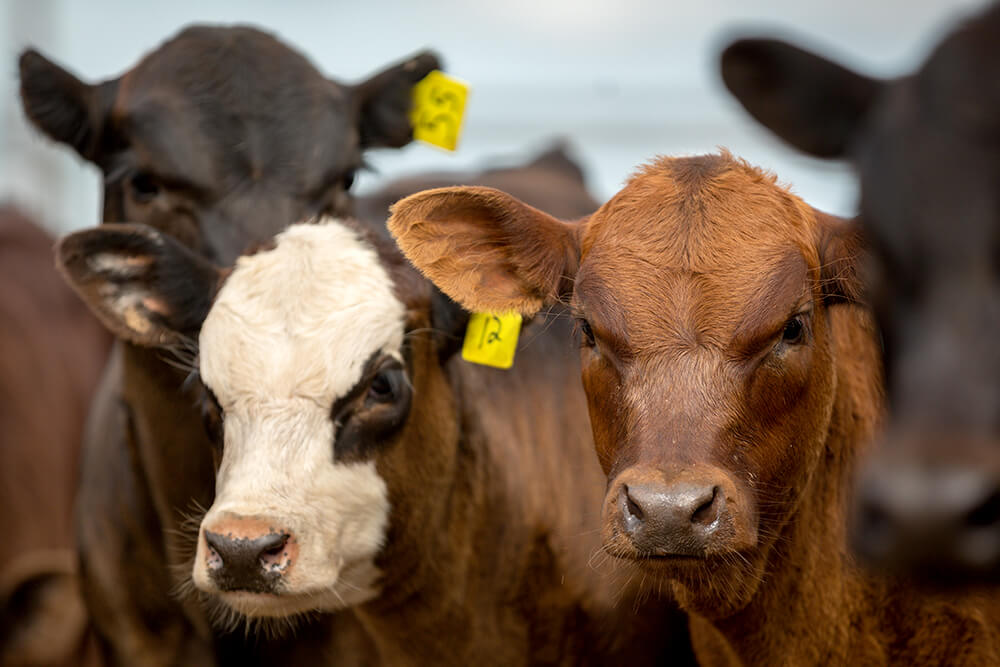
8. Utilize heterosis.
Heterosis, or hybrid vigor, is an often-overlooked tool to increase the commercial cattleman’s overall efficiency. Heterosis is an easy tool to implement for most cattlemen and can increase weaning weights, cow fertility and longevity, improve growth performance, and produce a more desirable feeder calf.
Read More:
9. If feeding hay, don’t waste it.
Hay feeding is probably the most expensive form of delivering forage to the cow. If you are locked into this system by the forage type available on your operation, make sure you don’t waste hay by using antiquated-style hay rings. A modified cone hay feeder can reduce hay loss by 8% to 15% compared to older, typical-style feeders. Feeding hay may be necessary during weather emergencies, when cattle are penned for working or other management activities (weaning, estrus synchronization, etc.). Otherwise, the need for hay throughout the winter is a sign the ranch is stocked more heavily than the land resources can sustain naturally, especially in native pasture systems.
Read More:

10. Keep records.
The old saying is true: you can’t manage what you don’t measure. The more records you keep – from how much feed/mineral and hay is fed to weaning weights and percent weaned calves – the more powerful your management decisions can become. Develop key performance indicators to benchmark how your operation compares to itself over time and to others of similar size and in the same area annually. Keeping pasture and grazing management records is also a vital activity for the intentional rancher, as these records will inform future management decisions and explain past performance of the pasture and the livestock that grazed it. The number of acres that you manage is your finite resource, thus management should focus on appropriately reducing costs and optimally increasing revenue to increase profit per acre.
Keep in mind the above-referenced management practices will help most producers survive market- and weather-related disruptions and will allow for more profit year-in and year-out. Pastures that have been managed regeneratively will have more soil organic carbon and thus have a higher degree of water-holding content. This in itself will help producers manage through many weather extremes. Additionally, regeneratively minded ranchers who implement the above practices will more than likely be those who are better pasture managers and will have healthier soils, as well.
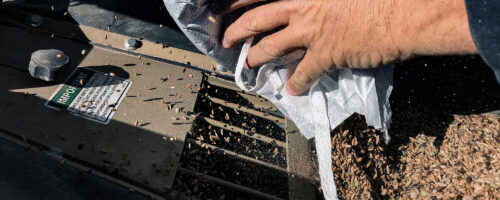
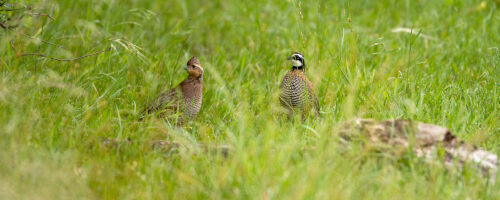
Comment
Leave a Reply
6 comment on: "10 Ways to Make Cow Herds More Profitable""
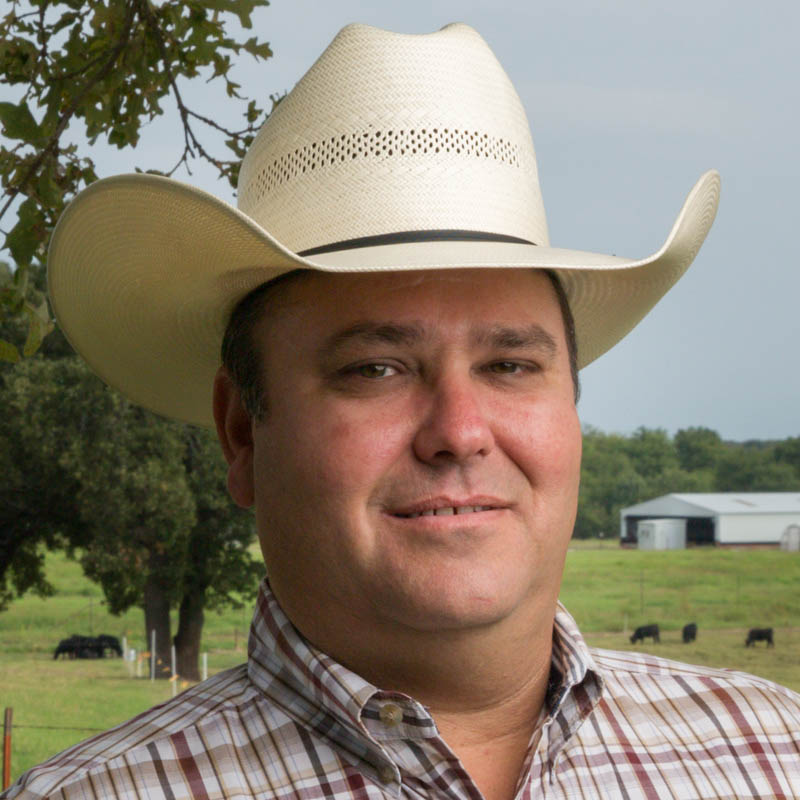
LUKE D. JESSUP
July 25, 2023Excellent article.
Jim Anderson
August 11, 2023Hi Robert. Each of the 10 points to improve profit are valid, but we also focus more on management that uses the animals themselves to acquire the resources that the animals needs. We do a lot of swath grazing in the winter, alongside an energy free, winter tolerant nosepump (Frostfree Nosepump) for water, where the animals do the work of harvest instead of us! We are able to get the animals to even ‘haul’ manure for us. We save huge on fuels, labor, and equipment, and I think this practice is better for the soil and the cattle also.
Our “motto” is figure out how to get the animals to do the work instead of us, to increase our profits.
Jim
Ramón
August 23, 2023Excellent and useful article.
pat maude
August 23, 2023Robert,
I heard you were a speaker at the Lincoln Nebraska Feedlot show August 22, 2023. Did you mention IFUS and how their new cattle feed called SGP+ works to help cattle gain weight, reduce flies and methane emissions and lower their feed cost with perfect cow patties after the cattle are in sync?
https://impactfusionbrands.com/wp-content/uploads/2023/07/SGP-Sales-Sheets-Mom-Pop-Ranchers-Rev.7-22Jul23-Version-A-4.pdf
Paul Day
September 7, 2023Will read later but seems the direction we are going so good to see this
Byron H Gibbs
October 26, 2023Well said Robert.
Tkx so much.